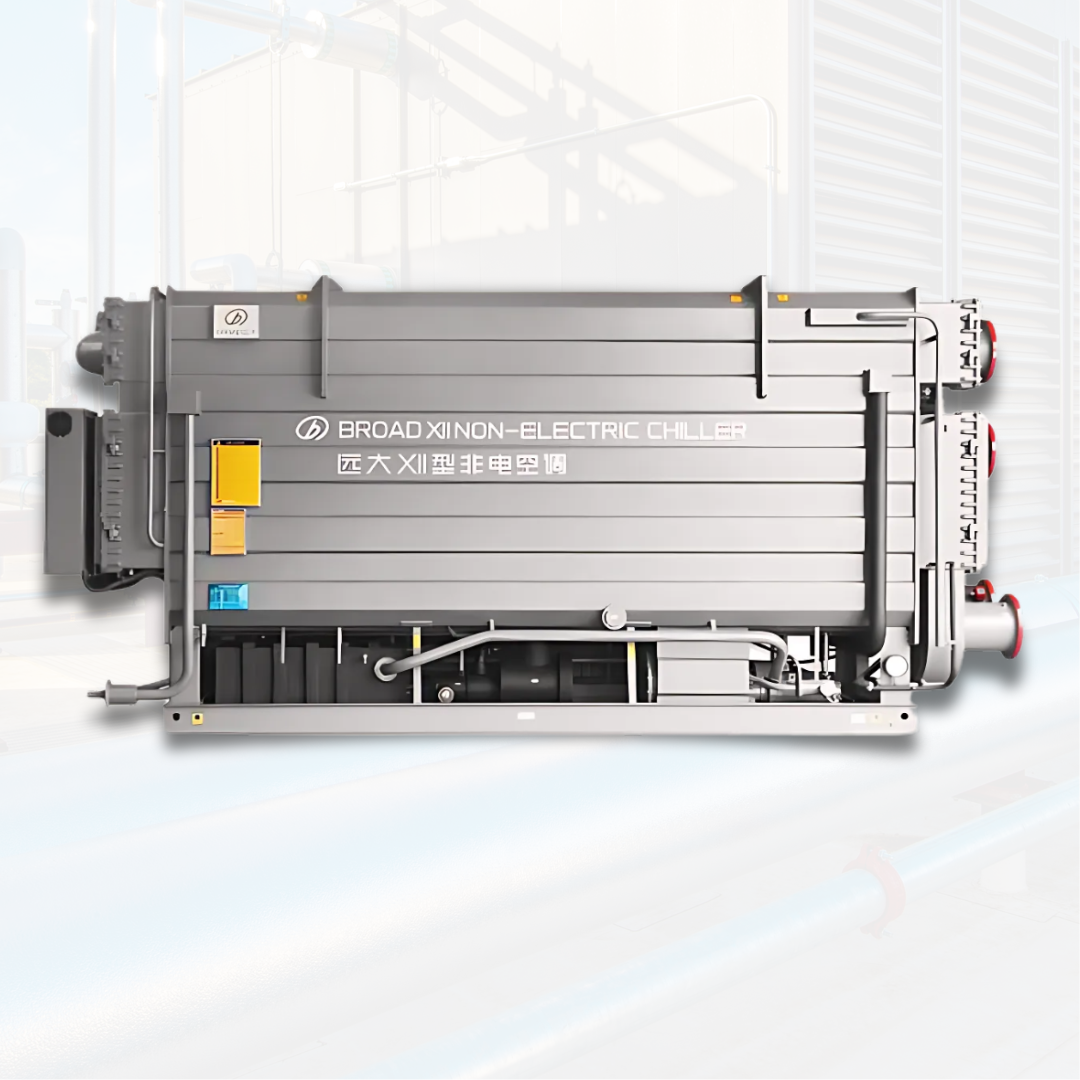
Vapor Absorption Chiller (VAC): The Future of Sustainable Cooling
As industries shift towards energy-efficient and eco-friendly cooling solutions, the Vapor Absorption Chiller (VAC) has emerged as a revolutionary technology in HVAC and industrial applications. Unlike conventional refrigeration systems that depend on electricity-driven compressors, VAC utilizes heat energy to facilitate the cooling process. By reducing electricity reliance and leveraging waste heat, Vapor Absorption Chillers offer a cost-effective and sustainable alternative to traditional cooling methods.
How Vapor Absorption Chillers Work:
A Vapor Absorption Chiller operates using a thermally driven absorption cycle, replacing the traditional mechanical compression process. The cycle consists of four main stages—evaporation, absorption, regeneration, and condensation. The refrigerant absorbs heat from its surroundings, transitions into a vapor state, and combines with an absorbent (such as lithium bromide or ammonia). The mixture is then heated, causing the refrigerant to separate, condense, and restart the cooling process. This mechanism enables highly efficient cooling with significantly lower electricity consumption.
Key Advantages of Vapor Absorption Chillers:
Energy Efficiency – Reduces electricity dependency by utilizing waste heat or renewable energy sources.
Eco-Friendly – Employs natural refrigerants like water and ammonia, eliminating ozone depletion concerns.
Low Maintenance – With fewer moving parts, VAC systems require less maintenance and have longer operational life spans.
Cost-Effective – Ideal for industries with excess heat generation, reducing overall energy expenses.
Quiet Operation – Offers a noise-free cooling process, making it suitable for both commercial and industrial settings.
Sustainability – Helps organizations meet global energy conservation goals by reducing carbon emissions.
Applications of Vapor Absorption Chillers:
VAC technology is widely utilized in various industries, offering energy-efficient cooling solutions across multiple sectors-
HVAC Systems – Enhances cooling efficiency in hotels, hospitals, malls, and corporate buildings.
Industrial Cooling – Provides sustainable cooling for power plants, refineries, and chemical industries where waste heat is readily available.
District Cooling – Powers large-scale urban cooling projects, reducing peak electricity demands.
Trigeneration Systems – Facilitates combined heat, power, and cooling setups, optimizing overall energy utilization.
Renewable Energy Integration – Supports hybrid cooling solutions when paired with solar or geothermal energy sources.
The Future of VAC Technology:
As industries transition toward sustainable and energy-efficient technologies, Vapor Absorption Chillers are expected to play a significant role in the evolution of cooling systems. Future developments in material science and refrigerant technology will further enhance the efficiency and performance of VACs. Additionally, increased adoption of solar and geothermal energy sources will integrate seamlessly with absorption cooling, making VAC an essential part of next-generation HVAC solutions.
Conclusion:
The Vapor Absorption Chiller (VAC) is transforming the cooling industry by offering a sustainable, cost-effective, and energy-efficient alternative to traditional refrigeration methods. As businesses prioritize energy conservation and eco-friendly solutions, VAC technology is set to become a fundamental component of modern, sustainable cooling infrastructure worldwide.
Contact us now to join the revolution!
